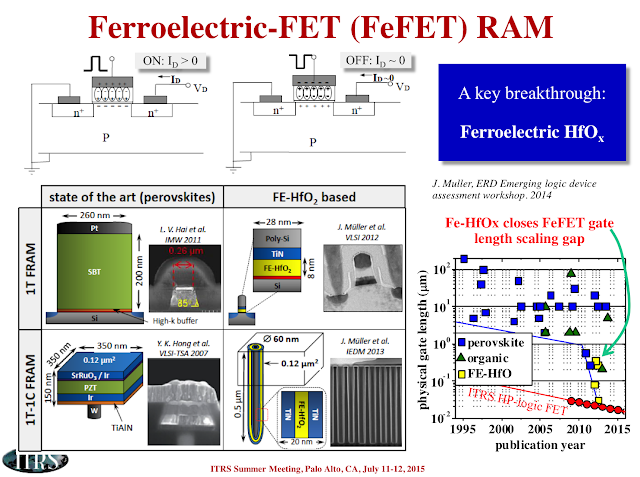Workshop - ALD for Batteries
Co-organiser
Program
Tuesday, September 15, 2015 - Het Pand
09:30 Registration
10:00 Philippe Vereecken, IMECInvited Talk - Conformal deposition for 3D thin-film batteries: requirements and opportunities
10:45 Sebastien Moitzheim, IMECSpatial ALD of TiO2 for 3D thin-film batteries
11:15 Felix Mattelaer, Ghent University
ALD of Manganese oxides
ALD of Manganese oxides
11:45 Mikko Ritala, University of HelsinkiPreparation of lithium containing ternary oxides by solid state reaction of atomic layer deposited thin films
12:15 Lunch
13:30 Maarit Karppinen, Aalto University
Invited Talk
Invited Talk
14:15 Kevin van de Kerckhove, Ghent University
Molecular Layer Deposition of Titanicone
Molecular Layer Deposition of Titanicone
14:45 Miia Mäntymäki, University of Helsinki
15:15 Break
15:45 Adriana Creatore, TU Eindhoven
Invited Talk - Plasma ALD of Li-based materials
Invited Talk - Plasma ALD of Li-based materials
16:30 Thomas Dobbelaere, Ghent University
ALD of phosphates
ALD of phosphates
17:00 Closing remarks
Wednesday, September 16, 2015 - Dept. Solid State Sciences
09:00 Ola Nilsen, University of Oslo
Invited Talk - ALD of Li-containing compounds
Invited Talk - ALD of Li-containing compounds
09:45 Amund Ruud, University of Oslo
High rate iron phosphates by ALD
High rate iron phosphates by ALD
10:15 Break
10:45 Ruud Van Ommen, TU Delft
ALD on battery particles
ALD on battery particles
11:30 Geert Rampelberg, Ghent University
Thermal and plasma enhanced ALD on powders
Thermal and plasma enhanced ALD on powders
12:00 Lunch
13:30 Tour of the Lab
Registration
Participation is free of charge (limited number of places):https://webapps.ugent.be/eventManager/events/cocoonworkshopbatteries
Registration will be possible from 1 July 2015. Please register before 1 September 2015.
Location
The workshop takes place at Het Pand (on Tuesday) and the department of Solid State Sciences (on Wednesday).
Tuesday, September 15, 2015
Het Pand, Ghent University
Onderbergen 1
9000 Gent, Belgium
Onderbergen 1
9000 Gent, Belgium
By public transport:
- From station Gent Sint-Pieters:Tram 1 (every 6 minutes) or tram 24 (every 20 minutes). Exit at Korenmarkt.
- From Gent ZuidTram 4 (every 6 minutes), tram 24 (every 20 minutes) or bus 17 (every 30 minutes). Exit at Korenmarkt.
By Car:
- Follow the parking signage to parking P7 Sint-Michiels. The parking is located at 50 meter from Het Pand. Take the exit Onderbergen and you come out in the wilderoosstraat, opposite Het Pand.
- An alternative parking is P8 Ramen. From here it's about 5 minutes on foot to Het Pand.
Wednesday, September 16, 2015
Department of Solid State Sciences, Ghent University
Krijgslaan 281 - Building S1
9000 Gent, Belgium
Krijgslaan 281 - Building S1
9000 Gent, Belgium
Contact
Department of Solid State Sciences, Ghent University
Krijgslaan 281 - Building S1
9000 Gent, Belgium
9000 Gent, Belgium
Phone: +32 (0)9 264 43 54
Fax: +32 (0)9 264 49 96
Fax: +32 (0)9 264 49 96
E-mail: Christophe.Detavernier@UGent.be



%20(1).png)



